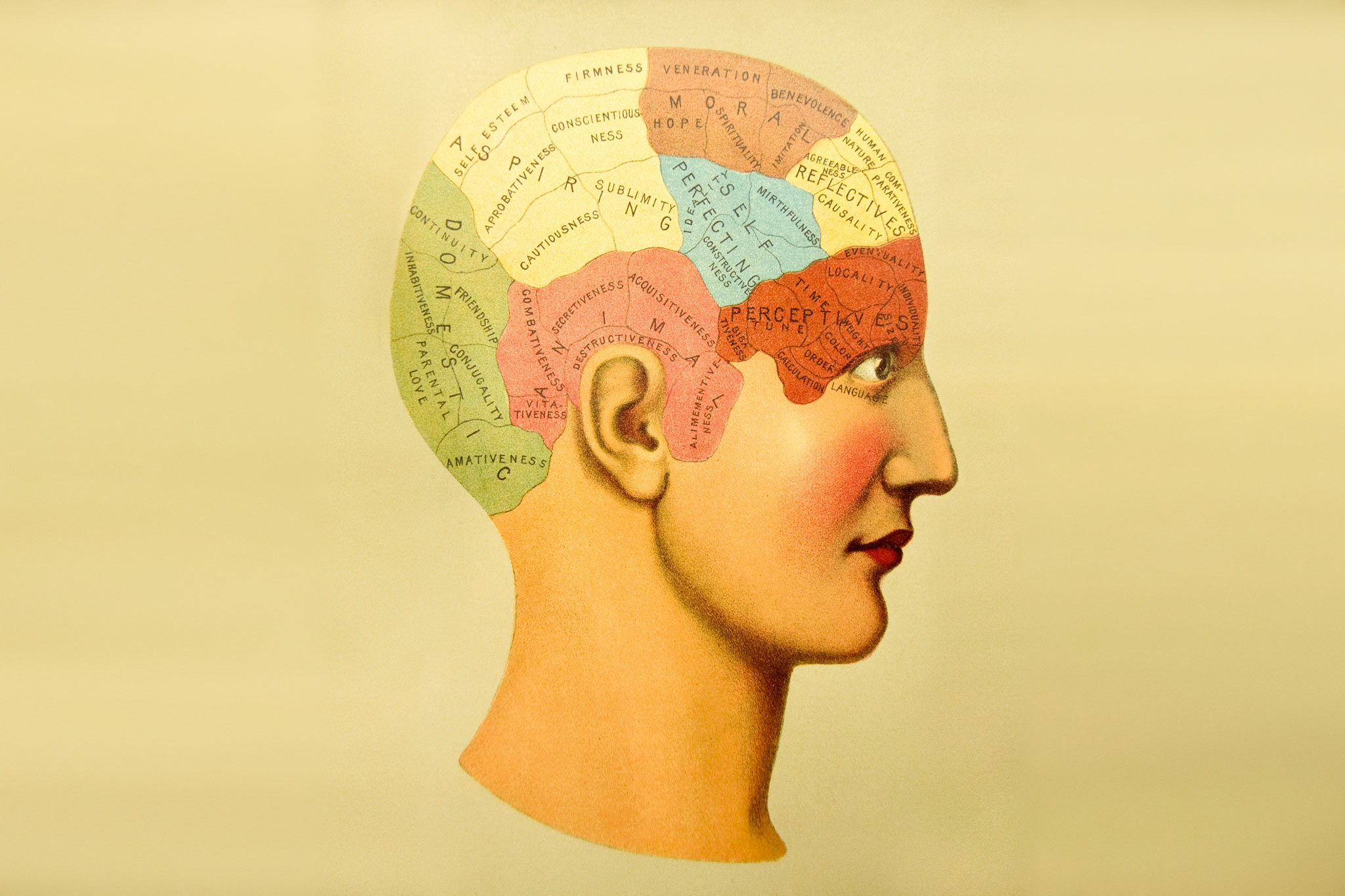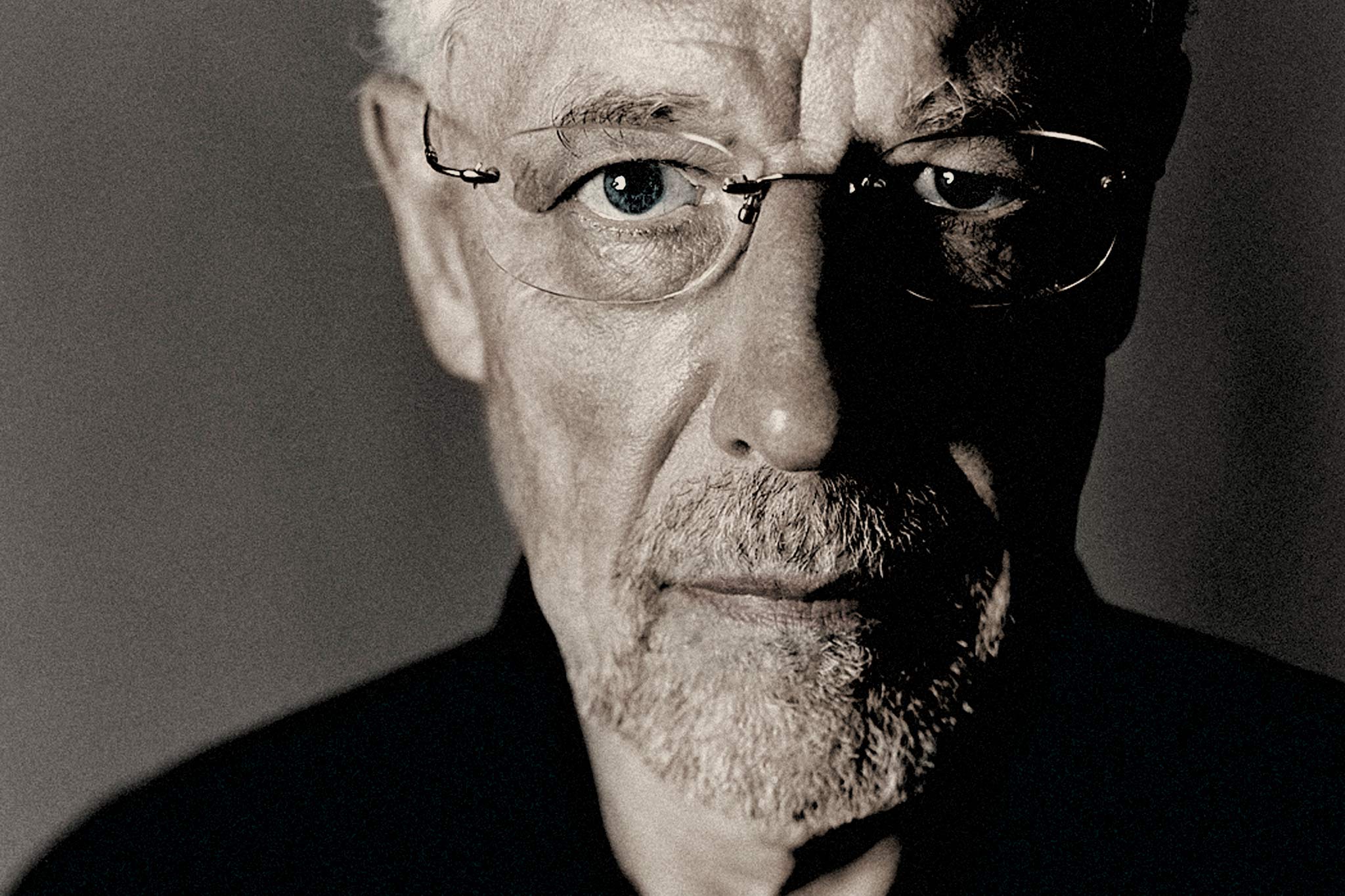On the journey of psychologists from the chambers of philosophy to the autopsy tables.
“‘Hello. Nice to meet you. Please allow me to tell you who you are.’ Such is the introduction, polite but firm, extended by personality tests. When we first encounter them, we are strangers (even, as some tests would have it, to ourselves). When we part sometime later, we’re a known quantity, nearly tagged. Personality tests take wildly different forms, questionnaires, inkblots, stories, drawings, dolls, but all make the same promise: to reduce our complicated, contradictory, changeable selves to a tidy label. The tests claim to measure not what we know, but what we’re like; not what we can do, but who we are.”
Excerpt from The Cult of Personality Testing by Annie Murphy Paul, former editor-in-chief of Psychology Today magazine.
Psychology, the study of the human psychological world, or rather worlds, constitutes an enormous academic research and education field. Its foundations were laid in early Greek philosophy and carried on through the European Middle Ages to modern times with contributions from older Arabic philosophy. The word philosophy comes from Greek and can best be translated as the love of wisdom, where a commitment to understanding nature, existence, our experiences, and thought life is achieved through critical examination, careful reflection and in-depth dialogue. Reasoning is a crucial concept in this context.
Philosophy remains an essential scientific foundation, particularly in the social sciences. Psychology, with its scientific study of the human being, has always been a powerful and far-reaching branch of this tree of knowledge, whereby the human being is studied with a particular interest in the historical, social and cultural context in which we all live and work. Such studies pay particular attention to the general psychological development that starts in infancy and continues throughout life. It focuses, among other things, on the identity problems of adolescence, especially the emergence and stabilisation (or not) of gender identity, specific psychological complications in adulthood, ageing processes, etcetera.
Everywhere, the individual interacts with the environment, both the immediate family group and society. For that reason, the discipline of psychology has usually emphasised social psychology as a central sphere where more conventional natural laws do not apply and, thus, do not automatically reveal themselves. One should not simply assign psychology to the otherwise necessary domain of natural science, dominated by disciplines such as physics, chemistry and mathematics. However, this has occasionally, not least in modern times, posed problems both for the mainstream academic community (colleges and universities) and for applied psychology in general, especially that practised in health care.
“They had managed to wash away the ever-discussing philosophical psychology with all its diverse investigations and conclusions”
To focus on health care: it has mainly been organised and governed by the administration that has its roots in the branch of school medicine that has been part of the natural sciences for centuries. In the theory of science, which studies science as a form of understanding, the natural sciences are classified as belonging to a specific branch of research methodology called positivism. Positivism refers to the view that knowledge is limited to the given or the positive. The given and the positive are linked to experience. In positivism, science’s main task is to describe regularities in the given, mainly when these regularities can be expressed in cause-and-effect situations. The external world is usually assumed to be a closed existence in itself, a world that humans as spectators try to participate in and explore, but where the activities of exploration themselves do not significantly affect or change the external world or reality.
Incorporating psychology as a field within positivism means that psychology must be cleansed of more purely contemplative and reflective enquiry, with everything more open to deeper discussion. The doctor wants distinct answers to his questions and more apparent facts. These facts should come from repeated and well-controlled experiments. If you give the patient drug X, after some time, Y will occur, and if Y is considered desirable, the matter is settled. Suppose the psychologist can assist the doctor by introducing training method B to enhance the Y effect further. The psychologist is welcome to continue with that treatment intervention in that case. With positivist research orientation as a basis, doctors and psychologists have achieved what is usually called evidence, a form of proof used to establish evidence-based knowledge. So, they have satisfied themselves. Therefore, psychologists have taken considerable steps away from the motto of love to wisdom via contemplation, reflection and dialogue, thus creating a more open and flexible search for knowledge. How has this happened? What has been washed away in psychology?
Let’s return to the beginning of the last century, the immediate post-1900 period. In many ways, this was a time of transition between the historically rooted romanticism and the more materialistic view of the emerging rationality, which claimed that one plus one could not be other than two and that all problems could, therefore, be solved with the help of mathematics. But the residual Romantic dream was still there, preaching the possibilities and continuing to stimulate artists’ acts of creation and breakthrough attempts to make people see the world and life not just as a realistic still life but as something that could be grotesquely exaggerated and yet soulfully beautiful, a time when kindness and violence went hand in hand, a time for a Pablo Picasso (1881–1973), poet and artist, and a Charles Spencer Chaplin (1889–1977), film genius and composer Charlie Chaplin and a host of other like-minded people.
“Let’s wash all this away in favour of modern, irrefutable facts”
It was also a time for Sigismund Freud (1856–1939), who later changed his first name to Sigmund, and who in 1873 graduated from high school with the highest grades and as the best student, already demonstrating an extensive knowledge of several languages, including Latin and Greek. As you may know, Freud became a doctor, specialising in neurophysiology and neuropathology. In the late 1880s, he studied further for a year in Paris, where he became particularly interested in the then-popular concept of hysteria, which seemed to explain many cases of paralysis and the like by analysing more profound psychological complications, especially in younger women.
Freud became particularly interested in what he encountered here, learning hypnosis, starting research and publishing in 1895 a Draft of a Scientific Psychology, which was to be followed by articles, books and a series of lectures steeped in theories of human psychology. Hence, the much-publicised and much-debated psychoanalysis. A complication in this context was that psychoanalytically based psychology was complex and gave rise to as many new questions as it found answers to. There was, therefore, in parallel, a desire for clarity, more simple clarification, something that, instead of grey scales, could present things in a more limited black-and-white light. Shouldn’t the whole of psychoanalysis, and preferably Freud himself, be washed away?
Yes, many think so. Articles are written and published that portray Freud as almost idiotically conservative, misogynistic, a drug addict and also a liar. Psychoanalysis is dead, say several less insightful behavioural scientists and psychologists. Let’s wash all this away in favour of modern, irrefutable facts. Away, away, wash, wash! The fuzzy stuff has to be cleaned up, and the primary way to do this is to use a new “wrapping paper”: numbers and scales are more accessible to sell than in-depth analyses and reflective insights.
Already in the 1930s and 1940s, some researchers in psychology, inspired by the successes of the natural sciences, had begun to publish several reports outlining ideas on obtaining data that were both clarifying and consistently reliable about the human psyche. A particularly notable researcher in the US was the psychologist Edward Lee Thorndike (1874–1949), who made the following point in one of his writings: If something exists, it exists in a certain amount. And if it exists in a certain amount, it can be measured. Therefore, what is not measurable does not exist.
Through questionnaires and tests that measured distinct characteristics, psychometrics emerged, the technique of using mathematical statistics to build scales and produce what are often thought to be irrefutable, evidence-based facts. The fact that several other scientific methodological paths alongside positivism, such as hermeneutics, phenomenology, and the steadfast and stubbornly persistent psychoanalysis, were of little concern.
“Psychologists have taken considerable steps away from the motto of love to wisdom”
This is an expression of what is called physicalism. It is in direct line with what has been described above as positivism. Thorndike came to represent the object-orientation of psychology: man is the bearer of qualities that resemble objective things. Human psychological life is filled with measurable “things,” such as genes, chromosomes, cells, and organs. All these objects can be found using various instruments and methods of investigation, and once found, they can be measured in terms of their appearance, activities, and how they affect and are affected by other bodily objects. Voilà!
Physically orientated psychology soon came to dominate the medical profession and other contexts where applied psychology was required. They had managed to wash away the ever-discussing philosophical psychology with all its diverse investigations and conclusions.
During the latter part of the 20th century and the beginning of the 21st century, many more or less ambitious studies emerged that came to link psychology and the natural sciences even more closely. Everything that exists can be measured, and what is measurable can be placed on scales, so it is possible to make comparisons and ratings or equivalent categorisations, and that is where we are mainly today. Human intelligence has long since been divided into intelligence ratios following a standard distribution curve (Ha! I got 132 in IQ, while you are only at 108), and the same has happened in personality psychology.
Personality is also measurable, following The Big Five (not to be compared with The Big Five in the African wilderness). The Big Five in humans consists of five, say five, central personality factors, carefully developed via factor analytical, mathematically based methods. The positivist-educated and trained psychologist thus regards the human being as a container, a living, larger object with contents that can be mapped in much the same way as an autopsy technician can do with a deceased person on a bench: several static personality traits are embedded among all the other organs; they are what they are, shaped by both genetic and environmental factors or “things”, after that the psychologist now finishes washing and tells us who the person under study is at heart.
Instead, they imagine who they are, who they have been in the past, and how they will manifest themselves. As a result, these ideas are mainly based on techniques described as evidence-based but far from the original motto of love of wisdom.

